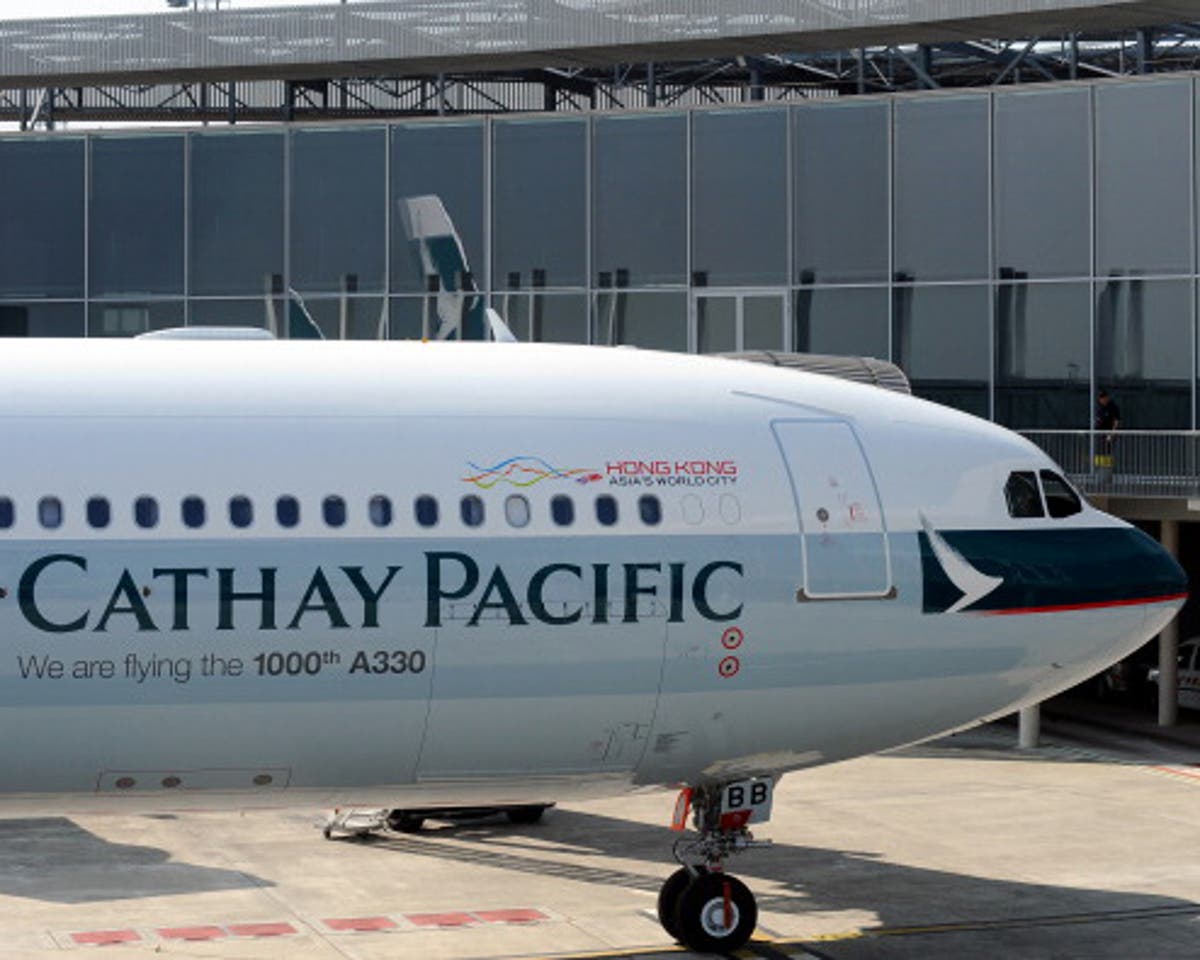Airspace bans: where are they and how are they disrupting travel?
As the UK makes it a criminal offence for Russian aircraft to breach its airspace ban and airlines the world over re-route their Europe to Asia flights, these are the chief effects of the new ‘Cold War of the...

Russia’s invasion of Ukraine has triggered dozens of overflight bans that have taken international aviation decades backwards.
These are the key effects.
Who’s banned from Russian airspace?
According to Rosaviatsiya, Russia’s Federal Agency for Air Transport, airlines from all 27 members of the European Union plus the UK, Albania, Canada, Iceland, Norway and Switzerland are banned from flying to, from and over the biggest country in the world.
(The order also covers British Overseas Territories including Anguilla, Gibraltar and the British Virgin Islands, but these are irrelevant since their airlines do not use Russian airspace.)
Other carriers, such as Japan Airlines, have voluntarily decided to avoid Russian airspace.
In addition, Ukraine’s airspace is closed to civilian traffic.
What is the main effect?
Links between the four main western European hubs – London, Amsterdam, Paris and Frankfurt – and east Asia are blocked from their obvious and most direct flight paths. The “keep out” sign over the world’s biggest country particularly affects flights from western Europe to Tokyo.
Russia’s state-owned news agency, Tass, says that on 25 February, UK air carriers planned to carry out 70 flights in Russia’s airspace, as well as two London-Moscow flights operated by British Airways.
Japan Airlines’ daily service is now flying from London to the Japanese capital via Iceland, Greenland, Canada and Alaska, effectively reinventing the Polar Route between Europe and Tokyo.
Links from Paris and Frankfurt to the Japanese capital are currently suspended.
But Korean Air is continuing to fly over Russian airspace between London and Seoul.
The impact would be far greater if the Covid-19 pandemic had not effectively closed down most flights between western Europe and the key Chinese cities of Beijing, Shanghai and Hong Kong.
The most direct flight between London and Beijing spends many hours overflying Russia, while about half the journey time of the former Cathay Pacific link between Manchester and Hong Kong was spent in Russian airspace.
Who is worst affected?
Finnair, which has built its entire operation on a Helsinki hub perfectly placed between western Europe and East Asia, flying over Russia, is now in a tricky position.
The Finnish airline resumes flying from Helsinki to Tokyo Narita four times a week today, but with the normal nine-hour flight time almost 40 per cent longer at 12 hours 30 minutes.
Ole Orvér, Finnair’s chief commercial officer, said: “Japan is one of our most important markets, and we want to continue offering safe and reliable connections between Helsinki and Tokyo.”
Ahead of the relaunch, Robert Boyle, former director of strategy for the airline combine IAG, wrote: “The geographic position of Helsinki has allowed Finnair to operate highly efficient aircraft schedules to northeast Asia.
“A daily flight [from Helsinki to Tokyo and back] uses just one aircraft. Adding three hours to the journey time each way to avoid Russia would destroy that. Very loosely, they would need twice as many aircraft to operate the same number of flights.”
Finnair continues to fly to Bangkok, Delhi, Phuket and Singapore, but with much longer flightpaths.
Mr Boyle believes Asian carriers “are the main beneficiaries of overflight restrictions on European carriers”.
While British Airways, Air France/KLM and Lufthansa cannot cross Russian airspace en route to south and southeast Asia – including key destinations including Delhi, Bangkok and Singapore – they are only seeing flights times increase by only 10 per cent or so.
Which way are they flying?
A good example is the flightpath of British Airways BA118 from Bengaluru in India to London Heathrow, which the captain has tweeted.
Going places: the flightpath of British Airways 118 from Bengaluru to London Heathrow
(British Airways)
The most direct route would overfly Ukraine. With airspace closed, an alternative track would be to go further north over Russia.
Instead, the current route heads west to the Gulf, over much of Iraq and northern Turkey, clipping the southwest corner of the Black Sea. This is popular flight path, with Iraqi airspace now regarded as safe.
What is happening to Russian airlines?
They are banned from the UK, the European Union and many other nations. On Tuesday evening, the transport secretary, Grant Shapps, tweeted: “I have made it a criminal offence for ANY Russian aircraft to enter UK airspace and now HMG [Her Majesty’s Government] can detain these jets.
“We will suffocate Putin’s cronies’ ability to continue living as normal while thousands of innocent people die.”
In practice, Russian airlines are already limiting their operations to domestic and Belarus links. This is because so many aircraft are leased from Western firms, and there are concerns that they would be impounded if they were to land at a foreign airport.
Are there any flights in and out of Russia? Yes. Looking at Wednesday’s operations from the nation’s three biggest airports (by 2019 passenger numbers), these are the options:
Moscow Sheremetyevo
Moscow Domodedovo
St Petersburg
Do the flight bans have ripple effects in other regions?
Marginally. On journeys such as New York-Delhi, a natural choice for American travellers would be to connect in a western European hub such as Heathrow, Amsterdam, Paris or Frankfurt.
But the speed advantage of connecting in western Europe has been lost, making Turkish Airlines and the Gulf-based airlines relatively more appealing.
Will air fares rise?
Yes – partly because of the soaring price of oil, partly by the extended routes. Just as aviation was finally opening up post-Covid, the horrific situation in Ukraine has triggered a near-doubling in the price of oil within 10 weeks.
While some airlines are protected to some extent by “hedging” - effectively financial insurance against price surges in the oil market - lots have given up the practice because it is expensive.
Adding three or four hours to the flying time between London or Helsinki and Tokyo is also extremely costly, and means that aircraft utilisation is poor.
However, the financial hit from having to avoid Russian airspace is not so great, because the country’s airspace charges are so high in normal times.
The precise arrangements are a closely guarded secret, but using available published data it appears there is a special payment to Aeroflot – under the terms of an agreement signed in the days of the USSR, when Aeroflot was a national airline.
The Independent calculates that the payment is around £5,000 per flight, in addition to standard overflight charges of around £6,000 for a five-hour journey above Russia on a full wide-bodied plane. The overflight charge works out at around £37 per passenger.
This represents almost eight times as much as flying the same distance over American territory.
On a typical £500 return flight between London and Bangkok the “toll” works out at 15 per cent of the total fare.
Optimists hope that once peace returns, Moscow will be in a weaker position for demanding what is effectively an extremely expensive toll – because the world’s airlines will have seen they can do without Russia.

 Koichiko
Koichiko 































